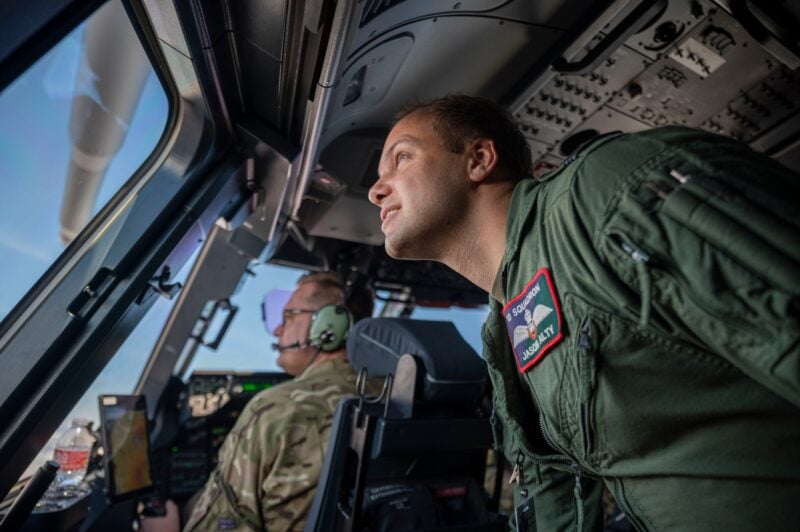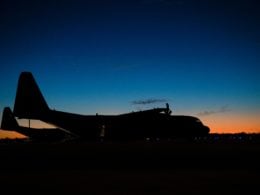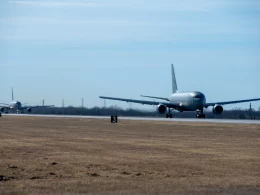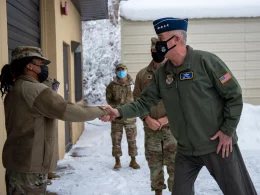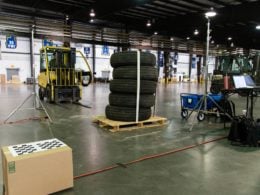JOINT BASE PEARL HARBOR-HICKAM, Hawaii —
Teamwork was the name of the game for Exercise Mobility Guardian 23.
Seven countries partnered for this large-scale exercise that spanned 4,000 miles of the Pacific. More than 70 aircraft and 15,000 personnel from Australia, Canada, France, Japan, New Zealand, U.K., and the U.S. participated.
“There has rarely been an occasion where any of our nations have conducted operations without the support of Allies and partners,” said Lt Col Stuart Wood, U.K. Representative for the FVEY Air Force Interoperability Council. “Due to the geographical uniqueness of the Pacific theater, it is vital that Allies and partners can work together to ensure that we are capable of responding to any event in that vast theater.”
The Indo-Pacific region covers 52 percent of the globe, making it a huge focus for everyone. Because this area of responsibility is massive, teamwork is not optional, it is a requirement for success.
“It’s not one country working independently, everybody is coming together to support one another,” said Daniel Campanella, Mobility Guardian 23 Senior Enlisted Leader. “We don’t have to look at individual countries as being self-sufficient. We can co-locate and integrate completely to capitalize on our effects in this theater.”
Four main operating hubs were spread throughout the theater during the exercise, including Townsville, Australia, Andersen Air Force Base, Guam, Yokota Air Base, Japan and Joint Base Pearl Harbor-Hickam, Hawaii.
“The Indo-Pacific theater has a great deal of blue, and not a lot of green land in which to operate, therefore it is vital that all Allies and partners are consistently able to plan, operate and deliver together to ensure our aims are achieved,” said Wood.
During the three-week exercise, coalition teamwork accomplished two real-world search and rescue missions, multiple AE training events, a submarine resupply mission, and a seven-nation airdrop over the island of Tinian.
“Allies and partners are our greatest asymmetric advantage over our adversaries,” said Lt. Col. Breanna McNair, Deputy Chief, of the Air Mobility Division, Pacific Air Forces. “Integration with our Allies and partners sends a clear message of strength and commitment to a free and open Indo-Pacific.”
Combined ability was the focus throughout Mobility Guardian 23.
“We experienced the geography together, we learned together,” said Gen. Mike Minihan, Air Mobility Command commander. “Our combined ability to project into theater, line up on priorities, and to achieve unity of effort and action were proven here.”
Successes and lessons learned during this exercise will enable the U.S., Allies and partners to integrate more effectively, keeping the Pacific free and open.
“We’re not perfect and they’re not perfect,” said Master Corporal Benoit St Germain, Royal Canadian Air Force Traffic Technician. “This exercise gave us a grasp on what other countries are doing so we can all find better solutions.”
While this was the first time Mobility Guardian was hosted in the Pacific, working with Allies and partners in this theater was nothing new. MG23 was an extension of integration that PACAF has been leading for years.
“Integration didn’t start with any specific exercise and will not end upon completion of any exercise,” said McNair. “We will continue to practice tactics, techniques, and procedures with our Allies and partners.”




